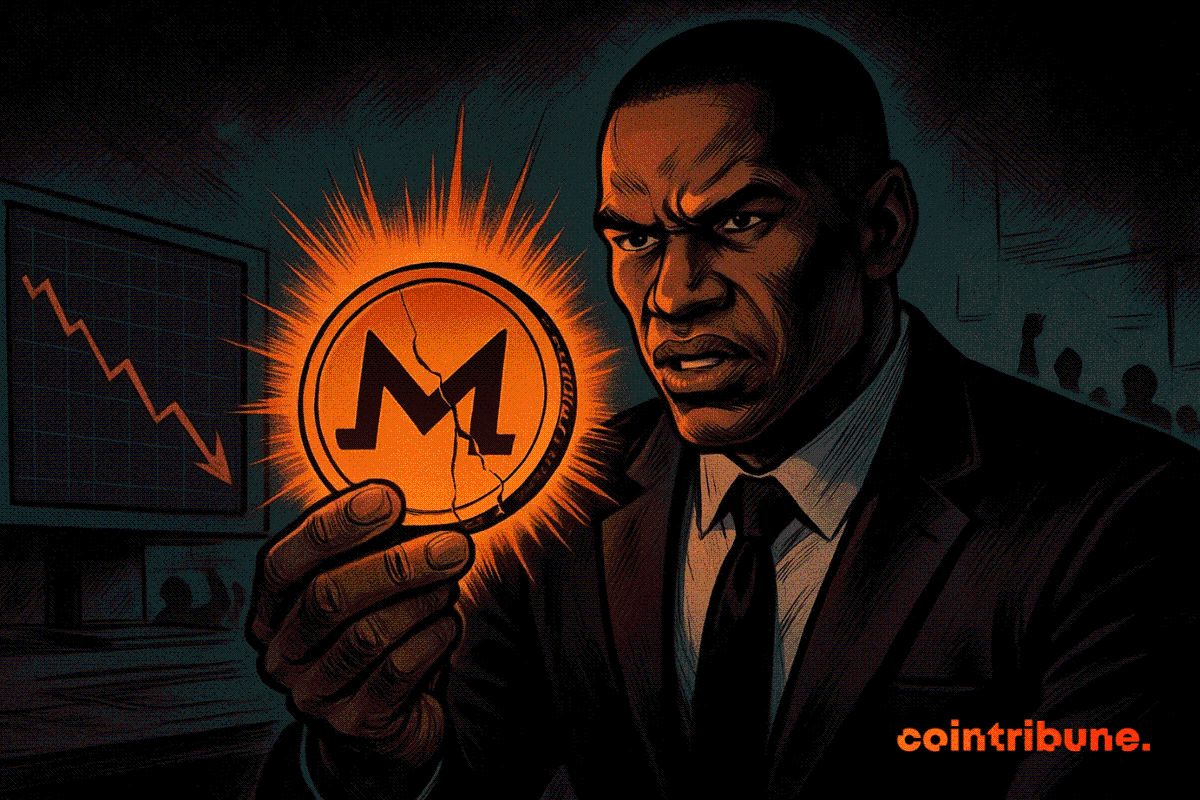How should project teams set airdrop criteria when points have become so unpopular?
There’s nothing wrong with points themselves, but the real issue lies in their design: the incentives are shallow, there’s no switching cost, and they have zero connection to the long-term future of the product.
There is nothing inherently wrong with points, but the real issue lies in their design: shallow incentives, zero switching costs, and no connection to the long-term future of the product.
Written by: Stacy Muur
Translated by: AididiaoJP, Foresight News
Points airdrops are easy to launch but hard to sustain. While projects can generate a few weeks of activity, few manage to win truly sticky users. What separates short-term hype from lasting engagement? And how can you design an incentive system that users won’t abandon?
What appears to be user activity is often just mercenary point farming disguised as participation. The concept of points itself isn’t the problem; the real issue is how they’re designed: shallow incentives, no switching costs, and zero connection to the product’s long-term future.
- The flaw: They reward raw activity: trading volume, number of trades, wallet creations.
- The end result? Bots and wash trading.
Why Do Points Fail? The Psychology
Frankly, points systems might attract users for a day or two, but they can’t keep them engaged over time.
When design strays from its purpose, this is what happens:
Mercenaries attracted solely by point farming leave the moment rewards dry up.
Volume-based rewards create a wash trading casino where bots thrive and real users leave.
Time-locked rewards, with retail users waiting to dump.
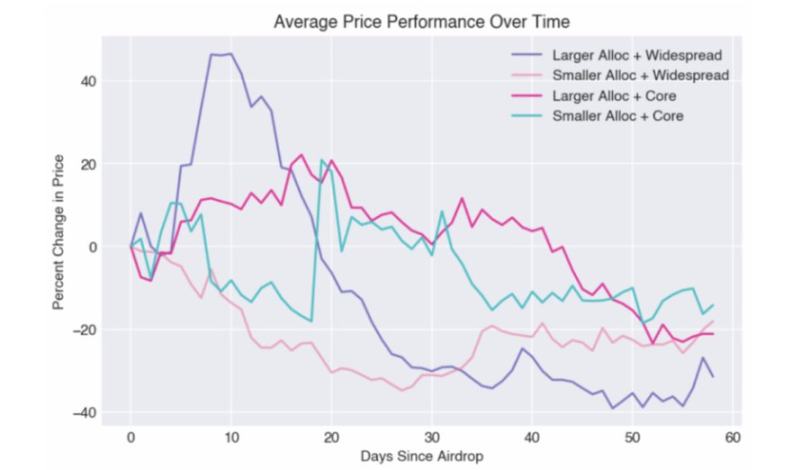
Source: \@chain_gpt
It does hit the “engagement” metric, sure, but what’s beneath the surface? It’s hollow, because it’s driven by the wrong incentives and built on the wrong psychology.
What Makes a Points Program Sticky?
Not all points systems are created equal.
Some fade quickly, providing users with a quick dopamine hit before collapsing under their own weight. But the best systems are architected to go beyond short-term incentives.
This section will dissect what truly makes a points program sticky, and why most get it wrong.
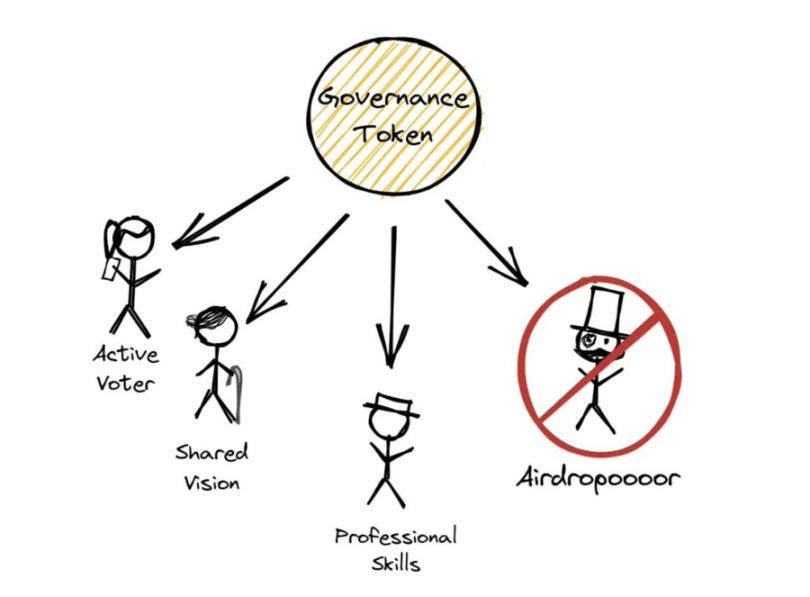
1. Behavior-Based Scoring (Not Volume-Based)
Too many programs fall into the same lazy formula:
Points = Trading Volume × Time
This doesn’t build loyalty; it only attracts wash trading bots. The dashboard data looks impressive, but as soon as the airdrop slows, the system collapses.
The shift is simple but powerful:
Points = Skill Demonstration + Community Contribution + Product Mastery
Now, points stop being bait for mercenaries and start shaping real users.
Textbook Example: @blur_io, 2024:
In Seasons 3-4, they stopped rewarding pure trading volume and began rewarding high-quality trading behaviors. Multipliers for rare NFT trades, market making, and real price discovery fundamentally changed the incentive design.
Result: Monthly active users grew by 40%, and churn dropped by 25%.
Users stayed because they became better traders, not because they were farming points.
2. Progressive Mastery Systems
Once rewards are in place, the real work begins: building a progression system. Most systems fail because they assume users don’t need change; always the same tasks, the same feedback, but engagement is about more than repetition.
I like to think of it as a role-playing game.
You start as a beginner completing simple tasks, but over time, the challenges get harder, the rewards richer, and the sense of achievement deeper.
So, what does a progression system look like in practice? It starts with how you onboard users and runs through three distinct levels of engagement.
Level 1: Onboarding (Weeks 1-2)
- Quick wins that teach product basics.
- High early rewards for learning the ropes.
- Goal: Make the product feel intuitive and rewarding fast.
Level 2: Skill Building (Weeks 3-8)
- Introduce complexity: advanced features, team tasks, deeper product usage.
- Social competition kicks in—leaderboards, streaks, collaboration.
- Goal: Turn curiosity into capability.
Level 3: Community Leadership (Week 9 and beyond)
- Reward content creation, governance, helping others.
- Elevate contributors to visible community roles.
- Goal: Turn active users into advocates.
Textbook Example: @arbitrum:
Their governance model evolved through quadratic voting and retroactive funding. High-engagement users gained influence by nominating and funding new projects. In 2024, the foundation approved 276 grants from 900 applicants, supporting builders in DeFi, gaming, infrastructure, and more.
The appeal is simple: give them points, but the reason they stay? They feel important.
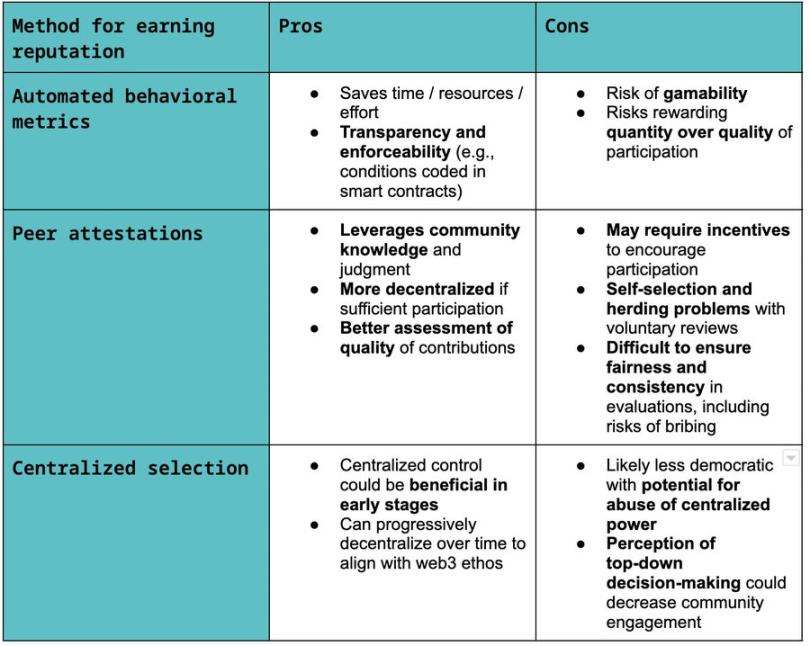
Source
3. Social Graph Integration
Once individual mastery kicks in, the next key unlock is collective belonging. Projects often stop at “you vs. the leaderboard,” but this limits engagement. The real magic starts when users realize their progress is intertwined with others.
Flaw: Points earned in isolation don’t build relationships; when the leaderboard resets, so does loyalty.
Solution: Integrate team mechanics, public visibility, and shared wins. When rewards depend on group outcomes, people build roots, not just habits.
Textbook Example: @Optimism RetroPGF:
Contributors are rewarded not just for code, but also for education, documentation, and ecosystem support. Badges were also introduced for impact areas like sustainability and accessibility.
Social amplification increased: sharing your work on X or Discord brought extra visibility and recognition. The result was greater contributor diversity and stronger engagement after the program ended.
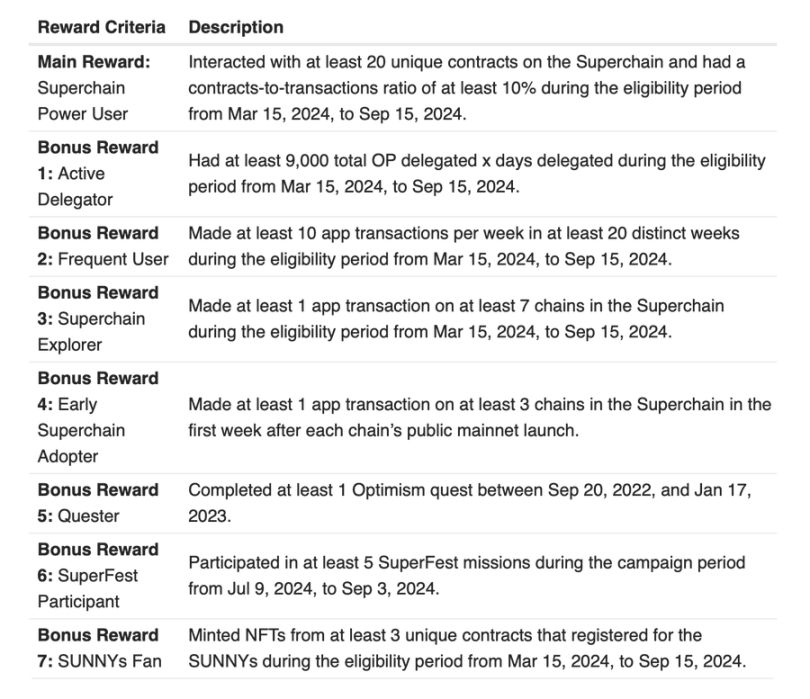
Takeaway: People want more than rewards—they want belonging. When your points system reflects a social network, not just a scoreboard, retention stops being a KPI and starts becoming a culture.
4. Alignment with Real Economics
Points programs ultimately face real-world pressure; emissions dry up, attention fades, and the only anchor for users is real value.
Flaw:
Systems mistake token inflation for growth. They print rewards faster than the product generates revenue, turning “loyalty” into an accounting expense.
Solution:
Back points with real economic participation: fees, yield, or governance rights, letting holders share in something valuable.
Textbook Examples: Curve, Convex, and Frax:
- @CurveFinance (veCRV): Lock CRV for up to 4 years for boosted rewards and a share of trading fees.
- @ConvexFinance (CVX): A meta-governance layer controlling large veCRV positions, making CVX holders power brokers in the Curve ecosystem.
- @fraxfinance (veFXS): Combines long-term locking with real protocol revenue from its stablecoin business.
Lesson: These points programs are economic engines. When participation generates real cash flow or influence, retention stops being a marketing goal and becomes rational behavior.
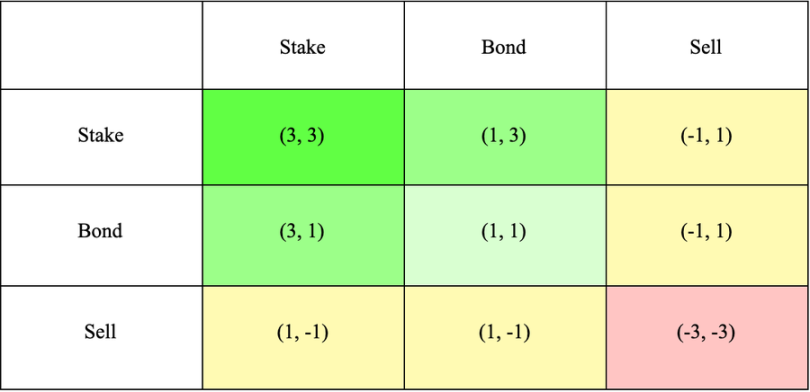
The Engagement Loop That Truly Retains Users
Effective retention comes from rewarding users for the right reasons at the right moments—not just with more rewards.
If you notice, every sticky program follows the same rhythm: quick attraction, habit formation, mastery rewards, and transfer of ownership.
- Stage 1 — Attraction (Days 1-7): Quick wins, visible progress, social proof.
- Stage 2 — Habit (Days 8-30): Streaks, growing challenges, team goals.
- Stage 3 — Mastery (Days 31-90): Skill tasks, leadership roles, status rewards.
- Stage 4 — Ownership (Day 90+): Governance, content, ecosystem building.
By the time users reach Stage 4, they’re defending what they helped build.
Anti-Farming Mechanisms
I’ve seen great systems die because they rewarded the wrong people. You can’t brute-force loyalty; you have to design for honesty. Here are some of the most common patterns I’ve seen.
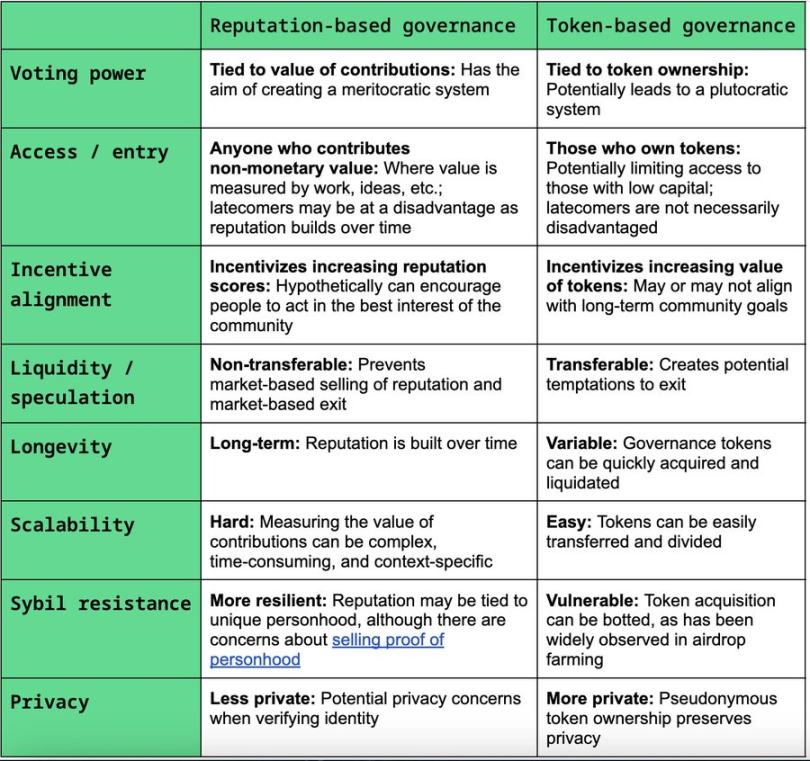
Source
- Reputation weighting: Not every wallet is equal. It’s better to reward one verified real user than a thousand bots. Tools like Gitcoin Passport help filter.
- Diminishing returns: Whales skew the data. The more someone trades, the fewer points they earn per new action. Fewer rewards as volume rises → fairer, less farming.
- Community verification: The best systems let users police each other.
@Eigenlayer demonstrates this. Users join small groups, verify each other’s actions, and report dishonest behavior. It turns participation into a shared responsibility, not a solo grind. This social accountability keeps people engaged long after rewards drop. People stay because shared responsibility makes them care.
Core truth: It’s not points that fail, but bad design.
Gamifying Work
Points only work when they feel like progress, not labor.
- Meaningful progression: Skip hollow titles like “Bronze” or “Gold.” Rank users by skill—market makers, liquidity providers, protocol experts. When levels reflect learning, not luck, people stick around.
- Collaborative competition: Design challenges where users win together; think “guild quests” or cross-community missions. Leaving means letting your teammates down.
- Narrative integration: Numbers fade, stories don’t. Optimism nailed this—framing points as impact on public goods, turning an event into a collective mission. People stay because they believe in the story they’re part of.
The goal is to ensure contributions come from a sense of belonging.
Success Metrics
Metrics can lie; big numbers make dashboards look good, but if everyone disappears a month later, they’re ultimately meaningless. So what should you do?
Track:
- Day 30 retention: Who’s still here after the hype fades.
- Skill progression: Are users actually improving?
- Contribution rate: How much value are they creating for others?
- Post-program engagement: How many users remain active after points or events end (e.g., still logging in, voting, contributing)?
- High-quality user ratio: Of those who stay, how many become core contributors or deeply engaged (e.g., builders, governance voters, content creators)?
Ignore: Surface noise.
- Total points
- Sign-up numbers
- Social mentions
The real win is seeing the community stay engaged.
Implementation Roadmap
Great points programs roll out in phases; build the foundation, test the loop, scale what works, then hand over ownership.
- Months 1-2: Foundation → Behavior-based scoring, Sybil resistance, mastery paths, community setup.
- Months 3-4: Launch & iterate → Soft launch, study patterns, rebalance points, add social graph.
- Months 5-6: Scale → Open access, run team challenges, plug into governance.
- Month 7+: Ownership → Gradually reduce rewards, increase governance weight, shift focus to remaining builders.
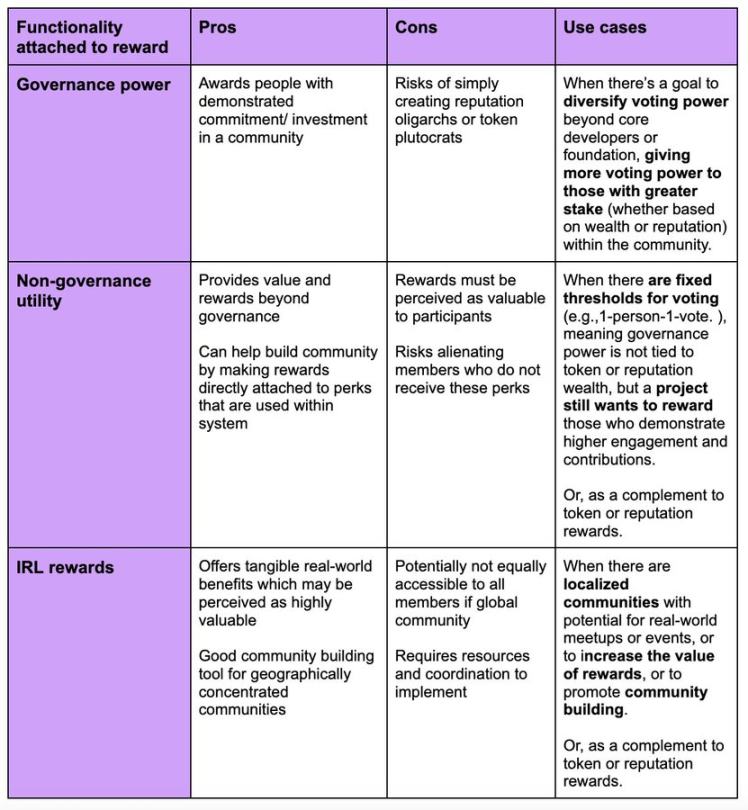
Source
The goal is to build momentum that outlasts the activity itself.
Conclusion
What’s the difference between a flash in the pan and long-term success? Real connection with users. The programs that last do something different; they make people resourceful participants.
When points feel like progress, not just compensation, users stick around. The best programs help users learn, connect, and contribute, so the system starts running on belief. In 2024, the best programs make “belonging” the reward. Users are no longer just chasing numbers; they’re co-creating something.
Moreover, a good points program doesn’t look like marketing at first—it feels like a community finding its rhythm. Do this well, and people will stick with you through bear markets, defend you when the project goes quiet, and help build the future. Mess it up, and all you’ll have is a dashboard spike that vanishes overnight.
Disclaimer: The content of this article solely reflects the author's opinion and does not represent the platform in any capacity. This article is not intended to serve as a reference for making investment decisions.
You may also like
Can the 40 billion bitcoin taken away by Qian Zhimin be returned to China?
Our core demand is very clear—to return the assets to their rightful owners, that is, to return them to the Chinese victims.

Bitcoin Surges but Stumbles: Will Crypto Market Recover?
In Brief Bitcoin fails to maintain its position above $93,000 and faces heavy selling pressure. Altcoins experience sharp declines, with some showing mixed performance trends. Shifts in U.S. spot Bitcoin ETF flows highlight cautious investor behavior.

Qubic and Solana: A Technical Breakthrough by Studio Avicenne
